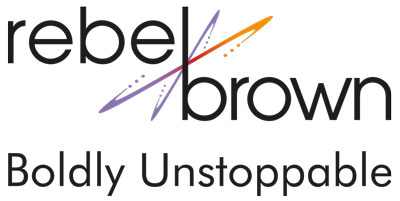Couch potatoes are couch potatoes thanks to their preference mindware. Eager beavers are eager beavers thanks to that same program. Thinkers are thinkers. Planners are planners.
You can thank our action filter for this range of behaviors. Our action filter is one of the multitude of preference mindware programs that unconsciously guide our behaviors and beliefs. As its name implies, the action filter determines when, why and how we move into action.
Understanding the action filter preferences of humans in business helps us understand how they will respond to urgent situations. That’s important information for leaders.
Who Fits Where?
Let’s apply the action filter to business in general. You’ll want an action-oriented person to manage your customer crisis team. You’d prefer a more information gathering kind of person to help you evaluate your investments in a new market. You’d want a go-getter defining your next generation strategy. Those are just a few examples of how the action filter mindware helps us better lead individuals within our organizations.
Here are some examples of our action filter…
Proactive. This person jumps right in and begins to solve the problem, save the day or generally do something to move a situation forward. What a great approach for anyone focused on troubleshooting extreme customer problems, responding to critical employee needs or leading a team that needs to immediately leap into action when they are needed.
Reflective. When a person with a reflective sees a problem, they may need to gather all of the information about the situation. They need to analyze that information and put together a plan before they can move forward. In extreme cases of this program, people may never be able to move forward because they never complete the perfect plan. These folks are the people you want making sure your business runs in an orderly and efficient manner. Managing your manufacturing line, keeping the organization on track financially, leading the development of your new offering and other infrastructure type roles.
A blend. Some folks are a blend of the above two filters, with different balances. In a true crisis they’ll act quickly. In a situation where there is more time to reflect and plan, they’ll do just that. Any role that requires action in the case of a threat to the business, yet were you also need a planning and thoughtful person is perfect for this person. For example, customer service leaders sometimes need to act right now, and sometimes they need to plan. The same goes for sales leaders.
Inactive. Then there’s the inactive couch potato. They don’t react to the situation. They wait for someone to tell them what to do. These are the worker bees of our world, and we need them. Put these folks in roles where a leader can guide and direct their actions. They’ll be happy as clams.
So how do you identify the action filter of an individual? Ask them! Here’s the simple question…
When you come into a situation do you usually act quickly after sizing it up, or do you study all of the consequences before you act? Or do you wait for others to determine the plan then follow their lead?
Map their response to the above dimensions and you’re on your way.
The Bottom Line
Neuroscience has proven that our unconscious mindware drives over 95% of our thoughts and behaviors. Preference mindware programs are part of our unconscious mindware, present in all of us. Think of them as the infrastructure software that drives our basic responses to external events – just as infrastructure software drives your computer to print to a certain printer.
When you understand why and how a person is triggered into action, you gain a key insight into what makes them tick. And, how to leverage them toward excellence in your team and your organization.
Photo courtesy of University of Idaho







1 Comment
Sharon Gilmour-Glover
February 11, 2014 - 2:05 pmHi Rebel,
I’ve said this before but I really love your work. I am so grateful you’re doing this work and putting it out there. We’ve been incorporating learning from neuro-science and brain plasticity in our consulting practice for a very long time but are just going out to the broader market now with it.
Who do you follow? Who else is talking about and doing this kind of work? I would love to join more conversations about the power of patterning, relearning, unlearning and business results. It is so important.
Have you read the book, “The Brain that Changes Itself” by Norman Doidge?
Cheers,
Sharon